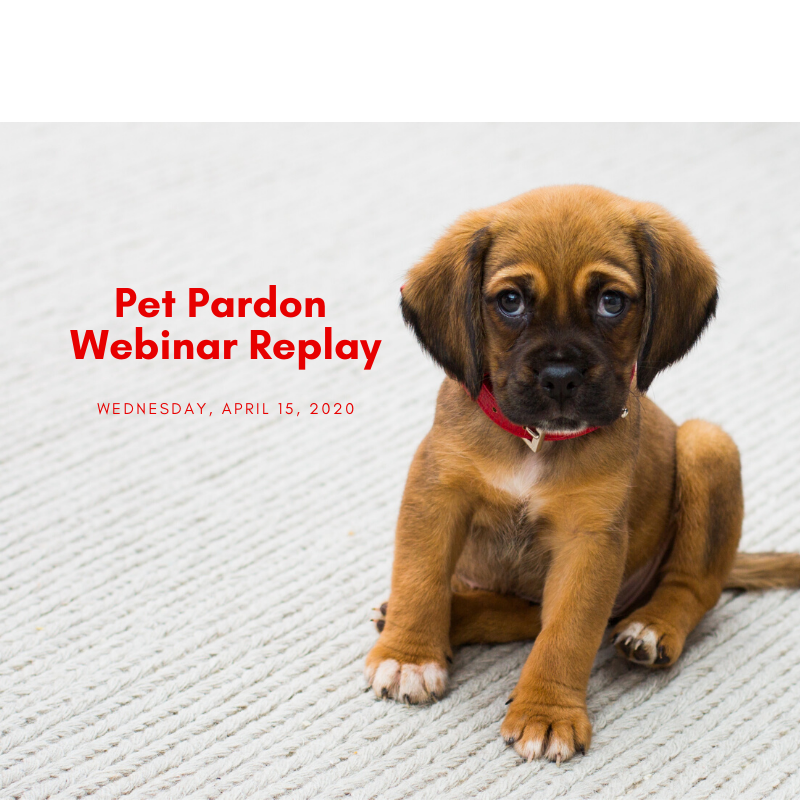
For years, animal shelters have been in perpetual crisis mode, lacking space to house and care for a near-constant influx of animals. Unfortunately, that means many animals are terminated to make room for more.
In 2015, I discovered an incredible community of animal advocates that share these at-risk animals on social networks to get them adopted or saved by a rescue organization.
But most networks are not equipped to support this important work at the volumes they see. As these at-risk animals are shared on multiple social platforms, it’s nearly impossible to track what has happened to each of them. Is the animal safe with rescue? Adopted?
In addition to sharing the animals, people also pledge money to stay the euthanasia. Rescues rely on donations and if a dog is rescued by a reputable organization, the pledges go to them – to help pay for vetting, food, etc. Pledging evolved naturally and, as a result, there is no formal means or common platform to track them, or to encourage donations especially across multiple social networks.
I decided to do something about it. I created the Pet Pardon app, the first platform of its kind that relieves pressure on shelters and rescues by creating an easier channel for animal advocates to donate and support animals on a euthanasia list.
When I initially discovered this community, it was overwhelming. A difference can be made – and we are helping to make it! Every single day, I see at-risk animals adopted into loving homes, fostered and rescued due to the tireless efforts of animal advocates. Many spend hours creating and sharing posts on social media.
Want to help? Here’s how.
If you’ve got a social media account, you can help. It can be a powerful tool. As animal advocates like to say, #seenequalssaved. Sadly, we can’t save them all, but we can make a difference. And if we keep a few best practices in mind, we can dramatically reduce the number of unnecessary deaths and create a far more sustainable world for them, and for us.
Best practices can help:
- Increase the number of animals adopted, fostered or rescued
- Decrease the number of animals needlessly euthanized
- Rescues gain financial resources they don’t otherwise have time to track down
If you have limited time:
Follow: At-risk animals are being shared on Instagram, Facebook and Twitter. There are many accounts you can follow.
Share: #seenequalssaved. Support the accounts you follow by sharing their posts. You never know who in your network may be looking to adopt or foster.
Pledge: Every dollar helps. It’s quick and easy to pledge for a dog in need on our app. Or indicate the amount you’re pledging in the comments.
If you have more time to get more involved, there are other ways you can help:
Monitor: We post a lot of dogs on the Pet Pardon app, so comments sometimes get missed. If you see a comment about a potential foster, or someone who would like to adopt, notify us via direct message. We always appreciate the help.
Create: There are many shelters and rescues that want to do good, but don’t have the resources. If you don’t know where to begin, start locally and contact your closest shelter or rescue organization. They may need help showcasing the animals available for foster or adoption. A friend of mine volunteers at a shelter in Texas, taking pictures/video of the animals to create posts on Instagram and Facebook. If this is something you’d like to do, make sure your posts include:
- ID # – The ID tracks a dog and you may see a # at the beginning of the ID, which makes every post for that dog searchable.
- Details – Provide as much detail possible about the animal (location, contact info, good with kids, other pets, etc.). This will help the rescue or potential adopter assess whether the animal is a good fit.
- Hashtags – These make the content more discoverable. Use relevant hashtags (for example, dog breed), but don’t include too many or string too many words together.
Foster: It’s a big time commitment, but there is no cost to you as a rescue will pay for the animal’s food, toys, etc. If you can foster, taking pictures/videos and providing insights about the animal in your care will help get them placed with the right family!
Volunteer: If you can spare a few hours a week or month, seek out your local shelter or rescue and ask how you can help.
A word of caution: Many animal advocates choose to ‘tag’ rescues on social media. While this helps, many rescues have limited resource and find it challenging to keep up. Many rescue organizations prefer to be emailed about a dog in need. Please remember that rescues have limited financial and human resources and can’t take every dog.
Thanks for helping to make a difference in the lives of vulnerable at-risk animals.
Note: The COVID-19 pandemic limits in-person interactions, and visiting and volunteering at your local shelter may be more difficult. However, some shelters allow do volunteers to come in and walk the dogs. Find out what help your local shelter needs.

